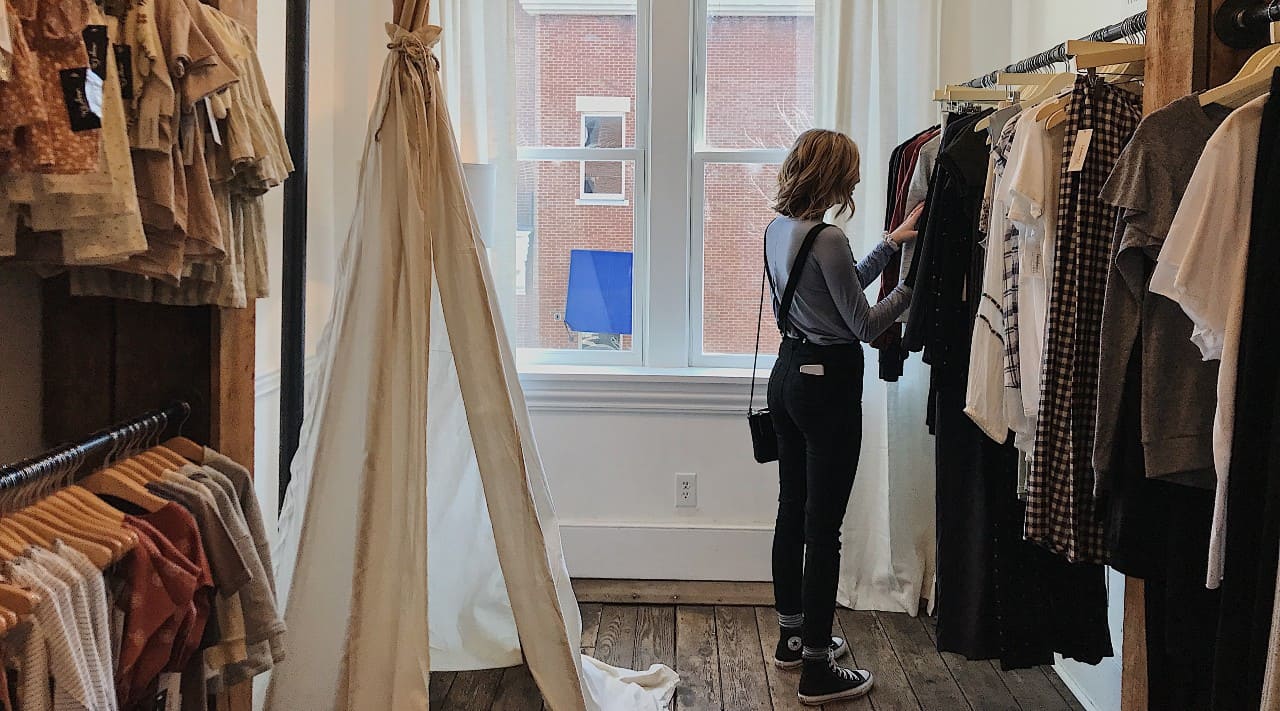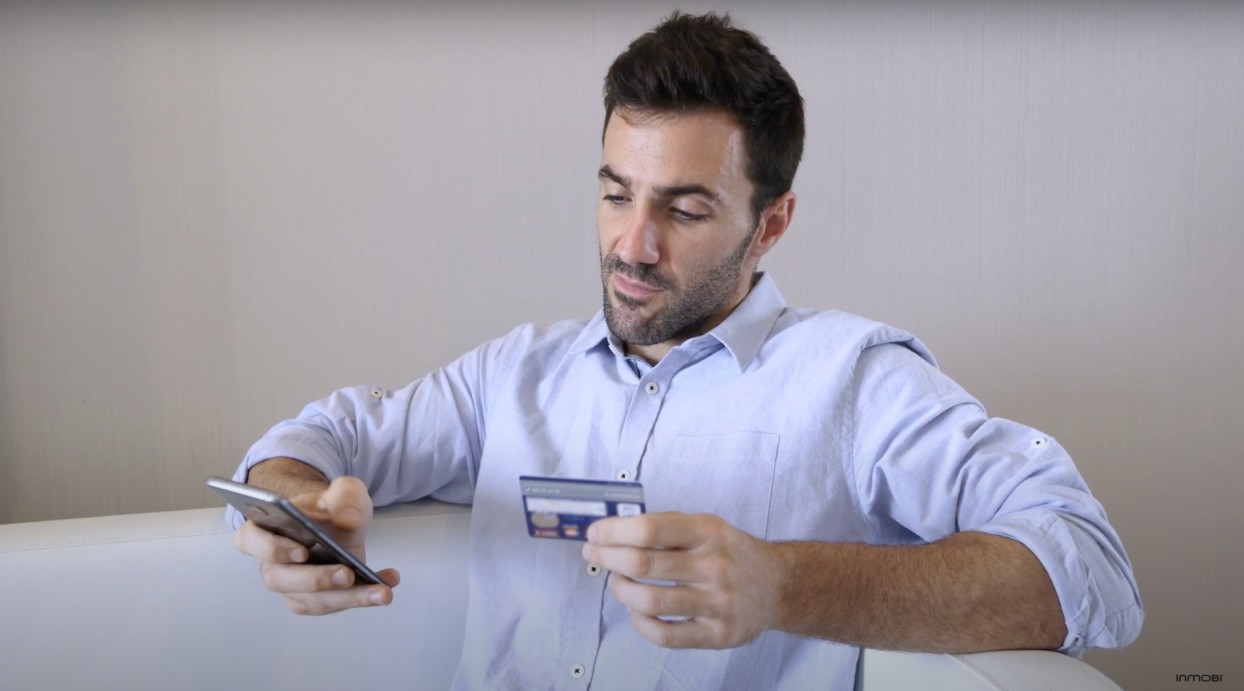- Consumer Research
- Understanding Consumers
Are Americans Still Shopping In Person?

Back in May, we found that Americans were already shopping in person. At that point in time, vaccination rates were on the rise in the U.S. and many states had begun to ease restrictions first put in place in 2020.
But now that the Delta variant is causing COVID-19 infections in the U.S. to rise again, are Americans now still willing and open to shop in person? That’s what we wanted to find out.
To get a better sense of current shopping trends and behaviors in the U.S., we surveyed over 2,000 adults across the country in August using InMobi Pulse, InMobi’s mobile market research solution. Here’s what we uncovered.
Top Takeaways:
- Americans are indeed heading into stores to browse and buy. 66% said they were making purchases in person, while 61% said they were browsing for items in brick-and-mortar stores.
- While most adults in the U.S. are still shopping in person, numbers are down from May. A few months ago, 74% said they were buying in person, while 65% were browsing for items in brick-and-mortar stores then.
- 42% of consumers are likely to shop using a mobile app in the future, with rates higher for men (50%) and consumers between 18 and 34 years old (60%). In addition, 50% of consumers shopping Consumer Direct and Online Only are likely to shop using a retail mobile app.
- 30% learn about retail apps from advertising. Consumers are just as likely to remember learning about apps from mobile ads as they are from friends and family.
How Americans Were Shopping In August
When it comes to making retail purchases, in-person sales remain supreme. But there was actually a drop across the board. In comparing August to May, a smaller percentage of Americans said they were making purchases in person, via a brand’s website or app and/or through a third-party marketplace like Amazon.
Interestingly, however, there was an increase in those saying they prefer to use a brand’s mobile website or app to make purchases. Overall, 60% in August said they prefer to make purchases in person – down from 66% in May. But between May and August, the share who said they prefer to make purchases through a brand’s own app or mobile site went up by seven percentage points.
Why are consumers shopping in person? The top responses in August were for immediate availability (46%) and to avoid having to make an exchange/return (40%). But the share of respondents who said they shopped in person for better prices went up by seven percentage points between May and August.
And how are most consumers in the U.S. obtaining their purchases? The top answer yet again was in person (67%), followed by delivery at 42%.
Interestingly, we noted a shift in how consumers say they prefer to pick up their purchases. The share who said they prefer to pick up their purchases in person declined slightly between May and August, while the share who said they prefer to use BOPIS (buy online, pick up in store) rose by three percentage points in this period.
How Americans Were Discovering New Products In August
As we noted earlier, 61% said they were browsing for retail items in person, down from 65% in May. But, a greater share of Americans this time around said they prefer to browse in person as compared to what we observed in May (55% to 52%). Further, the share of those who said they prefer to browse via a brand’s own mobile website or app went up by five percentage points in this period.
Why do Americans prefer to browse for retail items in person? Top answers in August included immediate availability, to avoid having to make a return or exchange and to experience a product before buying. These were the same top reasons in May too.
How Will Shopping Habits Change Over Time?
As we’ve seen, many of the shopping habits we observed in May remain true in August, albeit perhaps with less enthusiasm. And how will behavior change during the rest of 2021 and going into 2022?
For one, expect in-person shopping habits to largely remain static. During the next six months, 47% said they expect to shop the same amount in person as they’re doing now.
BOPIS may see a rise in usage going forward, particularly among younger people. Among those between the ages of 18 and 34, 45% said they would use BOPIS more frequently in the next six months.
People in this age range are also the likeliest to say they will shop using a retail mobile app in the future. Among Americans between 18 and 34 years old, 60% said they’ll using an app to shop, as compared to 42% of all adults in the U.S.
How Should Brands and Retailers Approach In-Person Shopping Today?
As our research shows, there is no one buying option that works for all Americans. While many are still heading into stores in person, there is growing interest in alternative buying options like m-commerce.
So what can brands and retailers do to stand out in this environment? We recommend taking the following approach:
- Embrace omnichannel retail: The data from both August and May shows how different Americans are shopping today. While most are comfortable with and prefer to shop in person, this doesn’t describe everyone. Our research shows the need to offer a variety of browsing and purchasing options to different segments of consumers. With conditions and preferences changing across the country, it pays to be flexible and nimble.
- Tailor messaging to audiences: Even among consumers that browse and buy in the same way, why they do may differ. For example, some may be heading into stores to take advantage of deals, while others may want to try out products in person. Further, some consumers may need to be reassured of mask policies before heading into stores, while others may not worry about that as much. All of these different bands of consumers will be best served with creative and messaging that reflect their unique needs and tastes.
- Invest in your own app: There is rising demand for alternative buying options, including BOPIS, that are best facilitated by your own app. In addition, having consumers with your app gives you a direct channel of communication to them, along with greater insights on their needs and requirements. With the shopping landscape still shifting rapidly, it pays to have the options and direct connections that can only be facilitated by your own app.
Interested in learning more? Reach out to InMobi today to speak with one of our mobile experts.
Stay Up to Date
Register to our blog updates newsletter to receive the latest content in your inbox.









